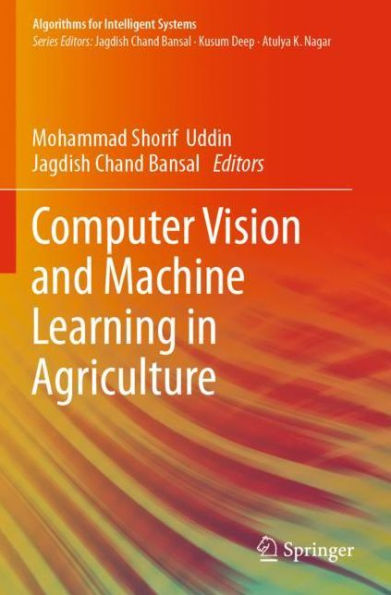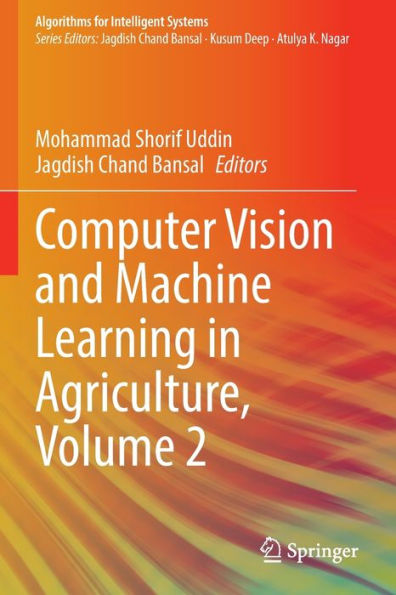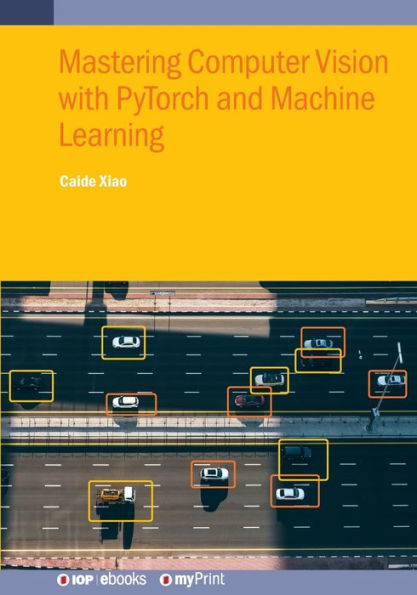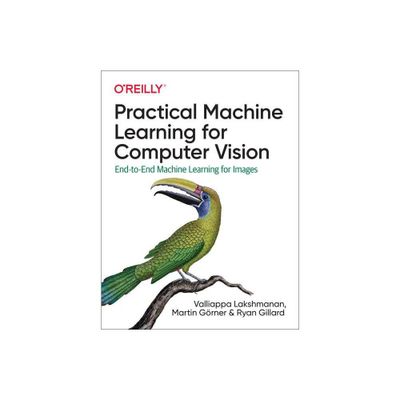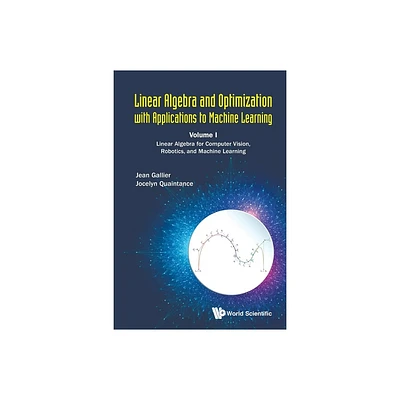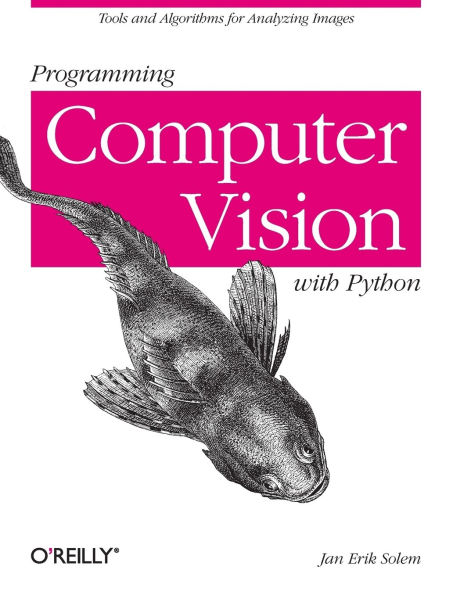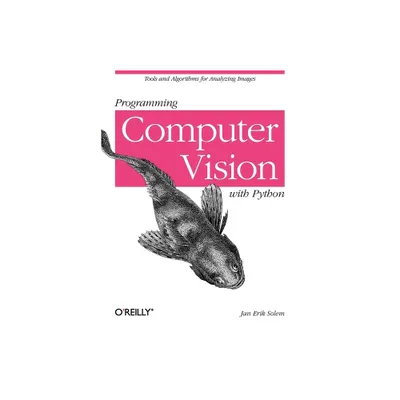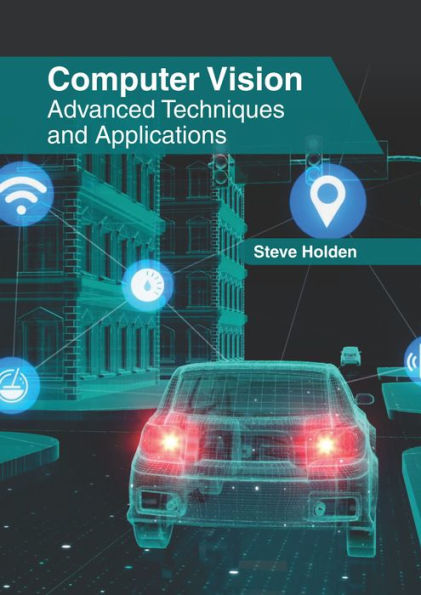Home
Image Classification: Step-by-step Classifying Images with Python and Techniques of Computer Vision Machine Learning
Loading Inventory...
Barnes and Noble
Image Classification: Step-by-step Classifying Images with Python and Techniques of Computer Vision Machine Learning
Current price: $44.95
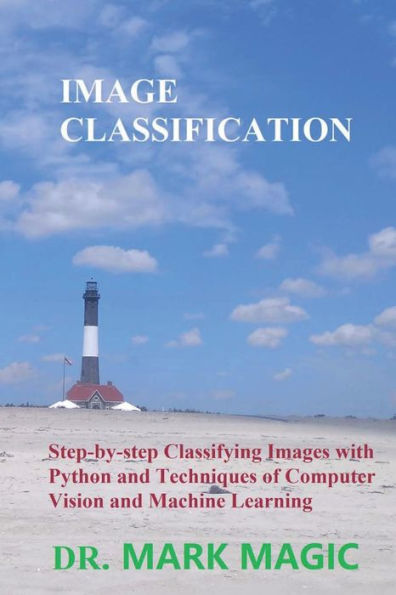

Barnes and Noble
Image Classification: Step-by-step Classifying Images with Python and Techniques of Computer Vision Machine Learning
Current price: $44.95
Loading Inventory...
Size: Paperback
*Product Information may vary - to confirm product availability, pricing, and additional information please contact Barnes and Noble
This book implemented six different algorithms to classify images with the prediction accuracy of the testing data as the primary criterion (the higher the better) and the time consumption as the secondary one (the shorter the better). The accuracies varied between about 30% and 90%, while the time consumptions varied from several seconds to more than one hour. Considering both of the criteria, the Pre-Trained AlexNet Features Representation plus a Classifier, such as the k-Nearest Neighbors (KNN) and the Support Vector Machines (SVM), was concluded as the best algorithm.
The six algorithms are: Tiny Images Representation + Classifiers; HOG (Histogram of Oriented Gradients) Features Representation + Classifiers; Bag of SIFT (Scale Invariant Feature Transform) Features Representation + Classifiers; Training a CNN (Convolutional Neural Network) from scratch; Fine Tuning a Pre-Trained Deep Network (AlexNet); and Pre-Trained Deep Network (AlexNet) Features Representation + Classifiers.
The codes were written with Python in Jupyter Notebook, and they could be executed on both CPUs and GPUs.
The six algorithms are: Tiny Images Representation + Classifiers; HOG (Histogram of Oriented Gradients) Features Representation + Classifiers; Bag of SIFT (Scale Invariant Feature Transform) Features Representation + Classifiers; Training a CNN (Convolutional Neural Network) from scratch; Fine Tuning a Pre-Trained Deep Network (AlexNet); and Pre-Trained Deep Network (AlexNet) Features Representation + Classifiers.
The codes were written with Python in Jupyter Notebook, and they could be executed on both CPUs and GPUs.

